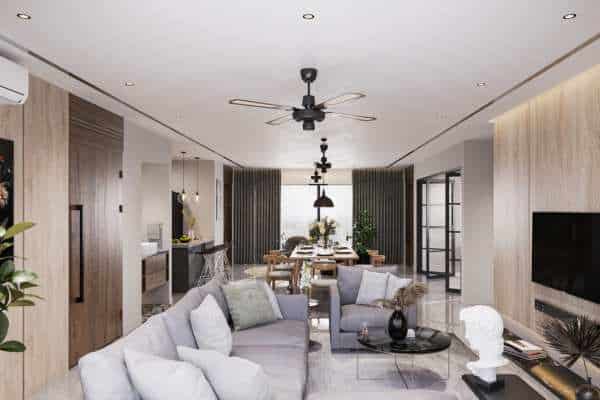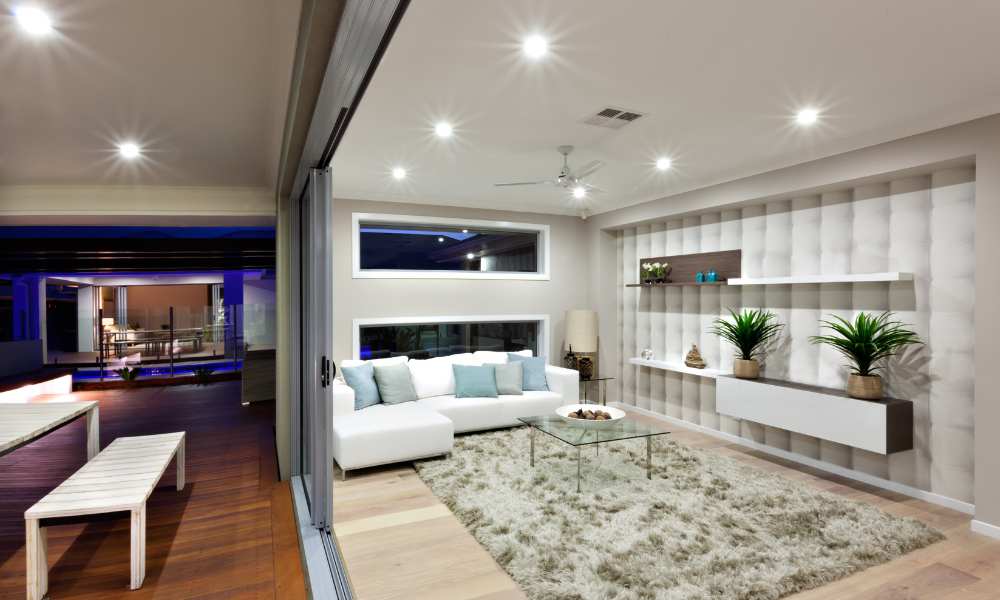How Many Ceiling Lights Do I Need: A Comprehensive Guide to Perfectly Illuminating Your Space. Welcome to the luminous world of ceiling lights! Whether renovating, redecorating, or just looking to brighten things up, the right lighting can transform a room from meh to magical. But here’s the million-dollar question: How many ceiling lights do you need? Fear not, dear reader, for we’re about to embark on A journey to unravel this mystery.
Measuring Up Your Space

Before diving into the sea of light fixtures, let’s start with the basics – measuring your room. Whip out that tape measure and get the length and width of your room. This isn’t just A formality; it’s the foundation of your lighting plan. Every inch counts, As it determines the amount of light your room will require.
Understanding Room Dimensions

Got your measurements? Great! Now, let’s make sense of these numbers. Room dimensions give you a feel for the space you’re working with. A large, airy room will demand more light, think of it like a canvas that needs to be evenly lit. In contrast, a smaller, cozy area requires fewer lights. It’s all about understanding the scale and how it plays a pivotal role in your lighting needs.
Types of Ceiling Lights
The world of ceiling lights is vast and varied. You’ve got chandeliers, that exude elegance and grandeur, perfect for a statement piece. Pendant lights, sleek and focused, are ideal for task lighting. Recessed lights, discreet and minimalist, offer a modern touch. And let’s not forget flush mounts, the versatile choice for a low-profile look. Each type brings something unique to the table, so choose wisely based on your room’s style and needs.
Function Over Form?
The eternal debate: should you prioritize aesthetics or practicality? In the realm of ceiling lights, it’s a delicate dance between the two. A stunning light fixture that fails to illuminate properly is like a beautiful car that can’t drive. Conversely, a bright but unattractive light is a missed opportunity to enhance your room’s decor. Striking the right balance is key.
Lighting Needs by Room Type
Now, let’s tailor our approach based on the room. The kitchen, a hub of activity, calls for bright, task-oriented lighting. The living room, a versatile space, benefits from a mix of ambient and accent lighting. For bedrooms, soft, calming lights create a relaxing ambiance. Bathrooms need clear, bright lights for practical use. Each room has its character, and the lighting should reflect that.
Calculating the Number of Lights
A handy rule of thumb is to use the room’s square footage. For every 100 square feet, you need about 300-400 lumens of light. Lumens, not watts, are the measure of brightness. For example, a 200-square-foot living room would need 600-800 lumens. Divide this by the lumens per bulb to get the number of lights needed.
Considering the Light Spread
Another factor is the light spread. Different fixtures spread light in various ways. A chandelier might cast light broadly across the room, while recessed lights offer a more focused beam. Consider how the light spreads when determining the number of fixtures needed.
Layering Your Lights
Don’t just stop at one type of light. Layering is a game-changer in lighting design. Combine ambient lighting (overall illumination), task lighting (focused on specific areas), and accent lighting (highlighting architectural features or artwork). This approach adds depth and dimension to your space.
Light Temperature and Color
It’s not just about brightness. The color temperature of your bulbs affects the room’s mood. Warmer lights (2700K-3000K) create a cozy, welcoming atmosphere, ideal for living rooms and bedrooms. Cooler lights (3500K-4100K) offer a more alert, focused ambiance, great for kitchens and bathrooms.
Smart Lighting Options
In this smart age, consider integrating technology into your lighting. Smart bulbs, which you can control with your phone or voice commands, allow you to adjust brightness and color temperature on the fly. They’re particularly useful in rooms where the mood might change, like the living room or bedroom.
Conclusion
Choosing the right number and type of ceiling lights is both an art and a science. It’s about understanding the dimensions of your space, the types of lights available, and how they align with the function and style of each room. Remember, lighting can make or break the ambiance of your home. So take your time, experiment, and find that perfect illumination that turns your house into a home. In the end, the right number of ceiling lights is the one that best suits your space, needs, and personal style. Happy lighting!

